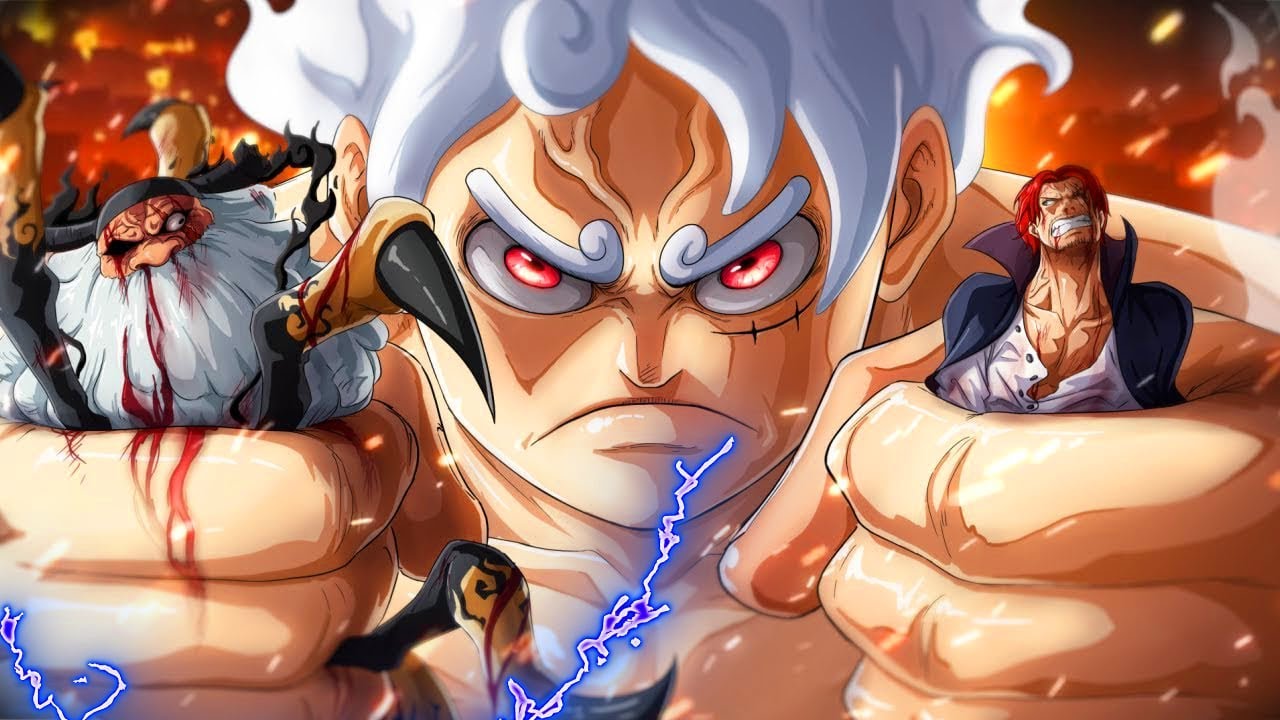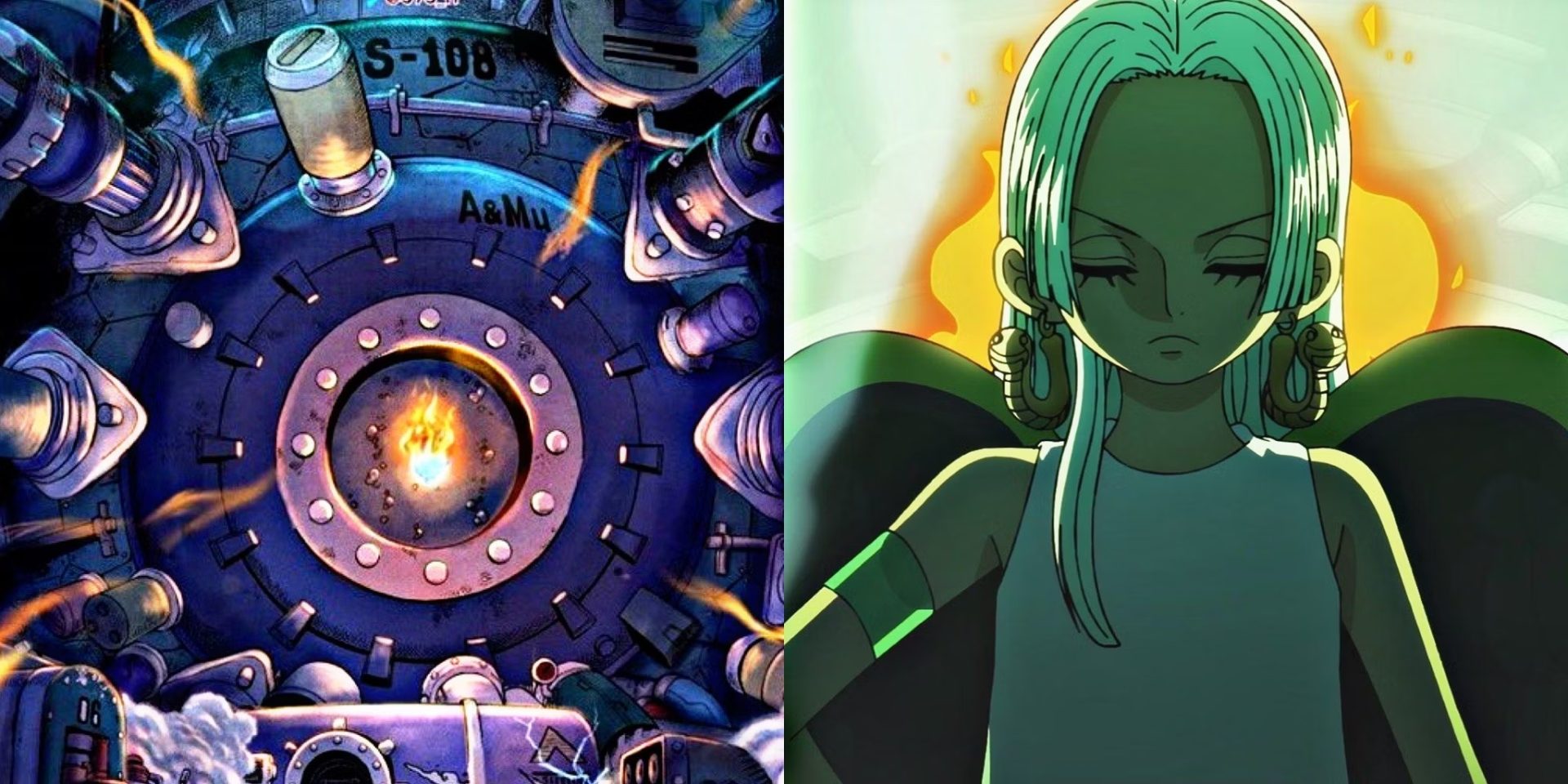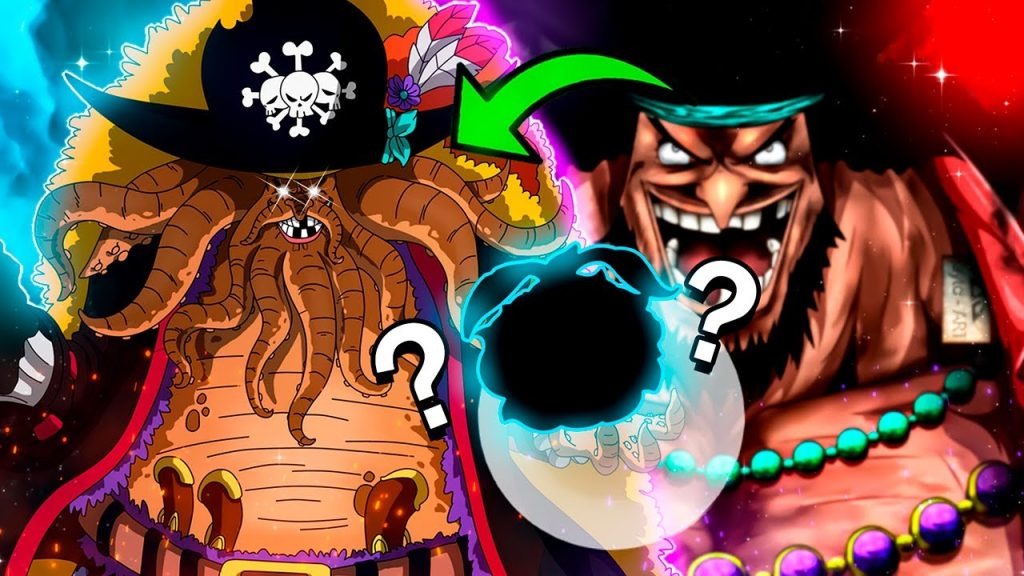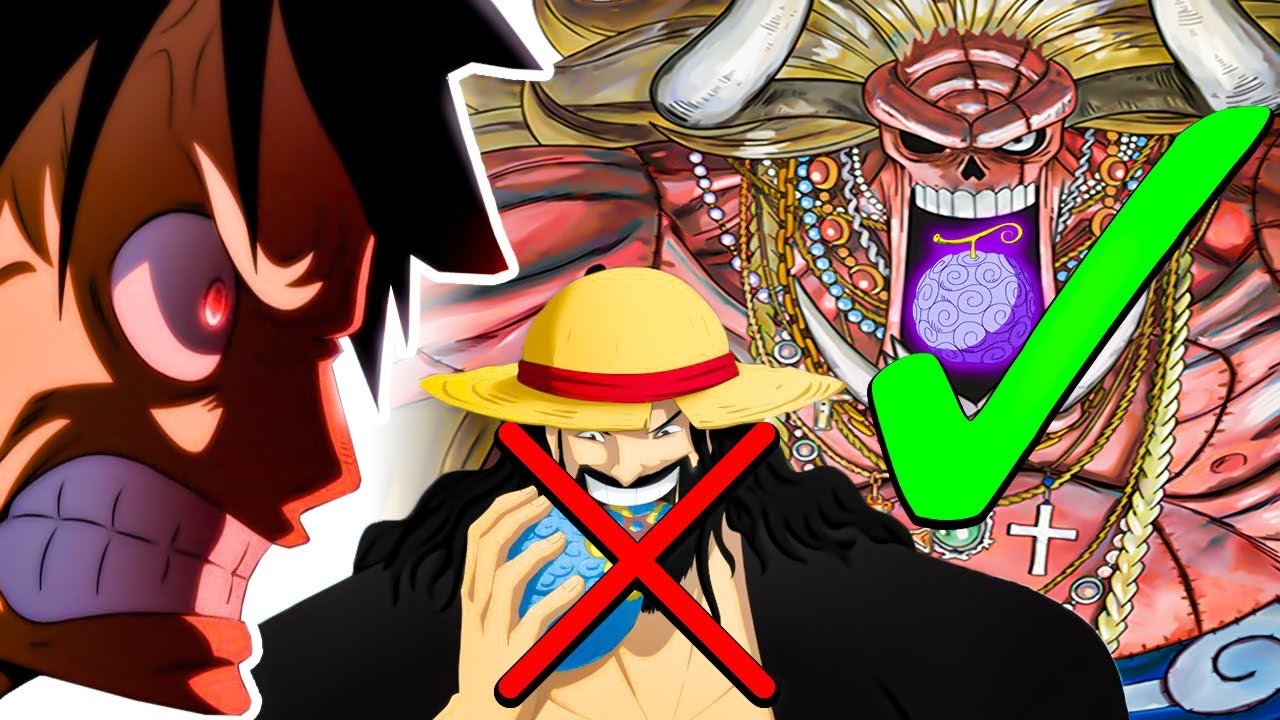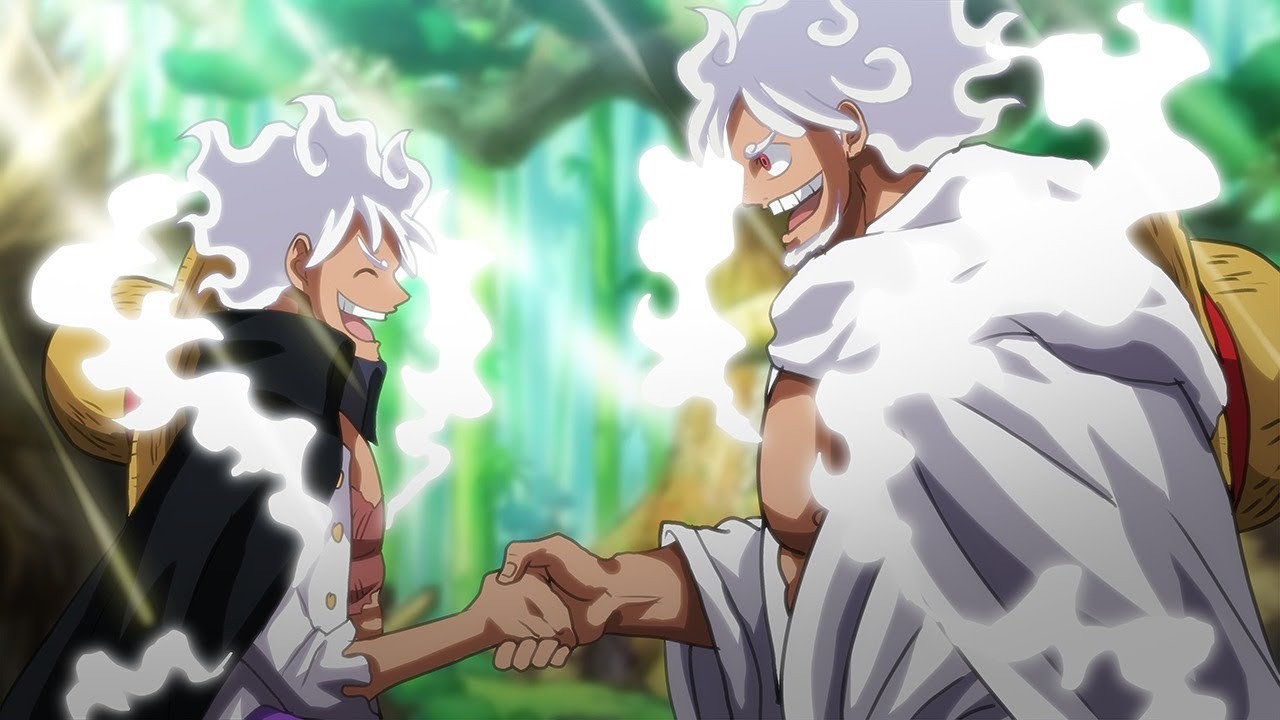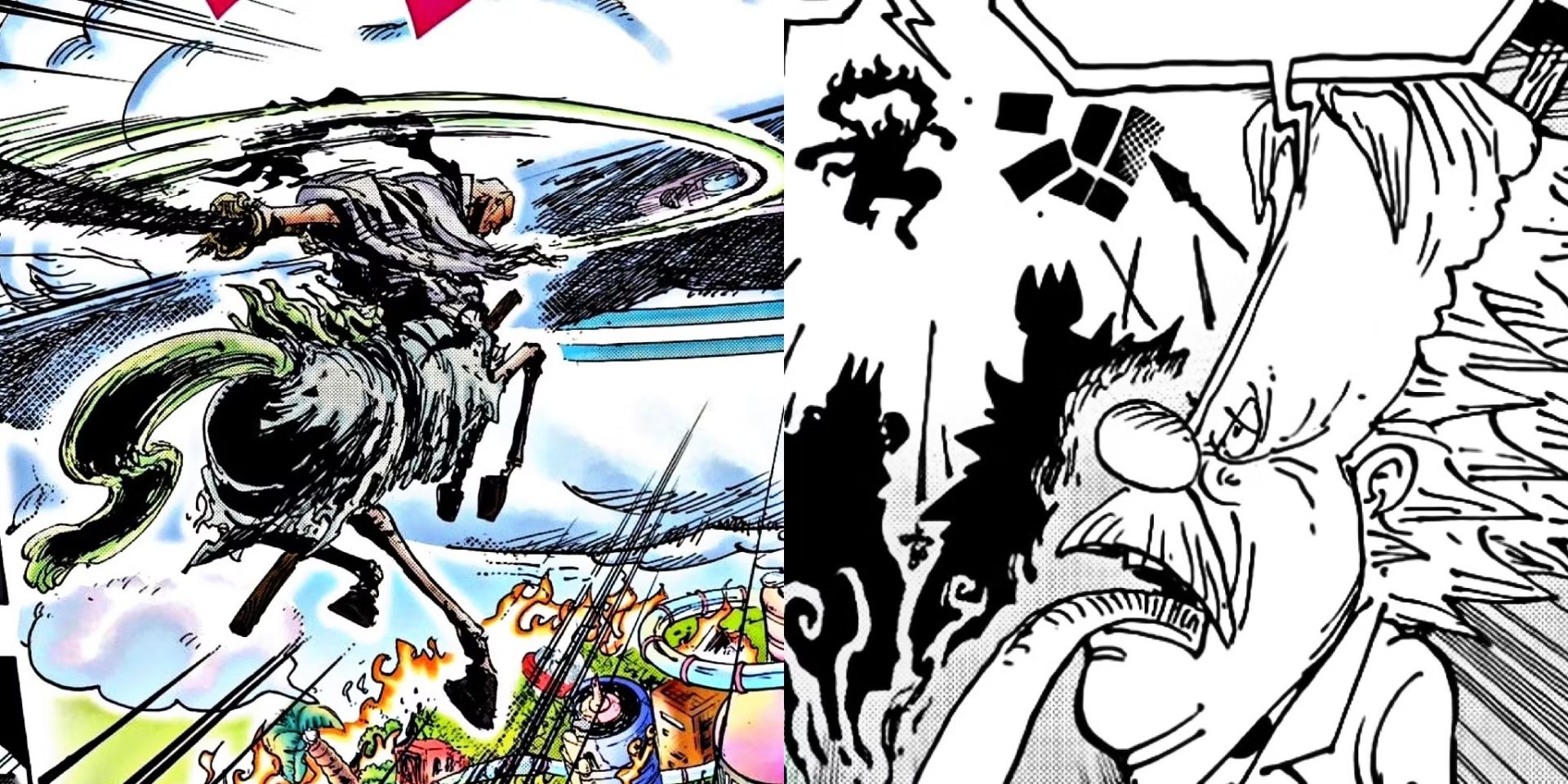Reevaluating Long-Running Comedic Tropes
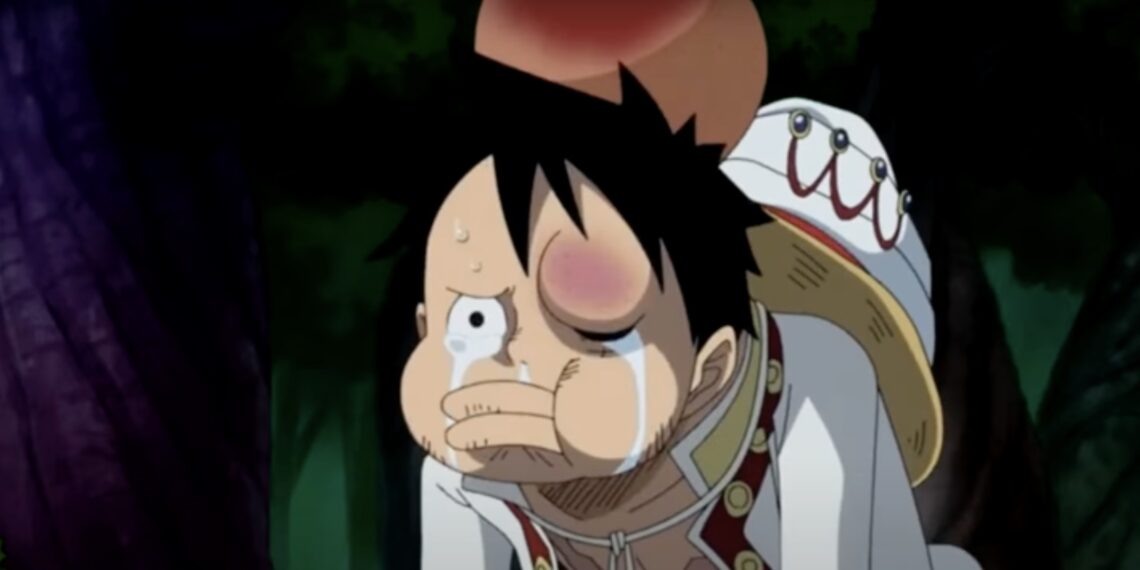
The internationally beloved anime series One Piece by manga artist Eiichiro Oda has sparked debate recently over comedic scenes depicting physical harm. Specifically, some fans have voiced criticism regarding the so-called “Nami gag,” in which the female character Nami frequently hits, berates, or otherwise assaults the hapless main character Monkey D. Luffy for silly missteps.
These lightly portrayed acts of violence played for laughs have been a recurring element in the show for over 20 years.
However, modern audiences increasingly question the trope’s place in today’s cultural landscape. Some argue that these gags normalize or make light of abusive relationship dynamics.
Others counter that the cartoonish scenes are clearly fantastical fiction not intended as commentary. But the controversy has underscored how comedic sensibilities and social norms evolve across generations.
As a cultural institution unto itself, One Piece’s legacy invites reflection on the impact of long-accepted fictional devices.
Once innocuous elements may be reevaluated through new ethical lenses, the debate highlights the creative challenge of nurturing inclusive humor that resonates across all ages.
But for now, it seems the iconic anime has left some fans conflicted in navigating affection for the series with criticism of isolated plot points. The coming chapters will likely explore how the iconic manga continues balancing levity and sensitivity.
One Piece Anime Fans Boycott the ‘Nami Gag’ After Two Decades
A recurring comedic bit in the popular anime and manga series One Piece involves the character Nami, the navigator of the Straw Hat Pirates, hitting or scolding her captain Luffy as a reaction to his carefree, reckless behavior.
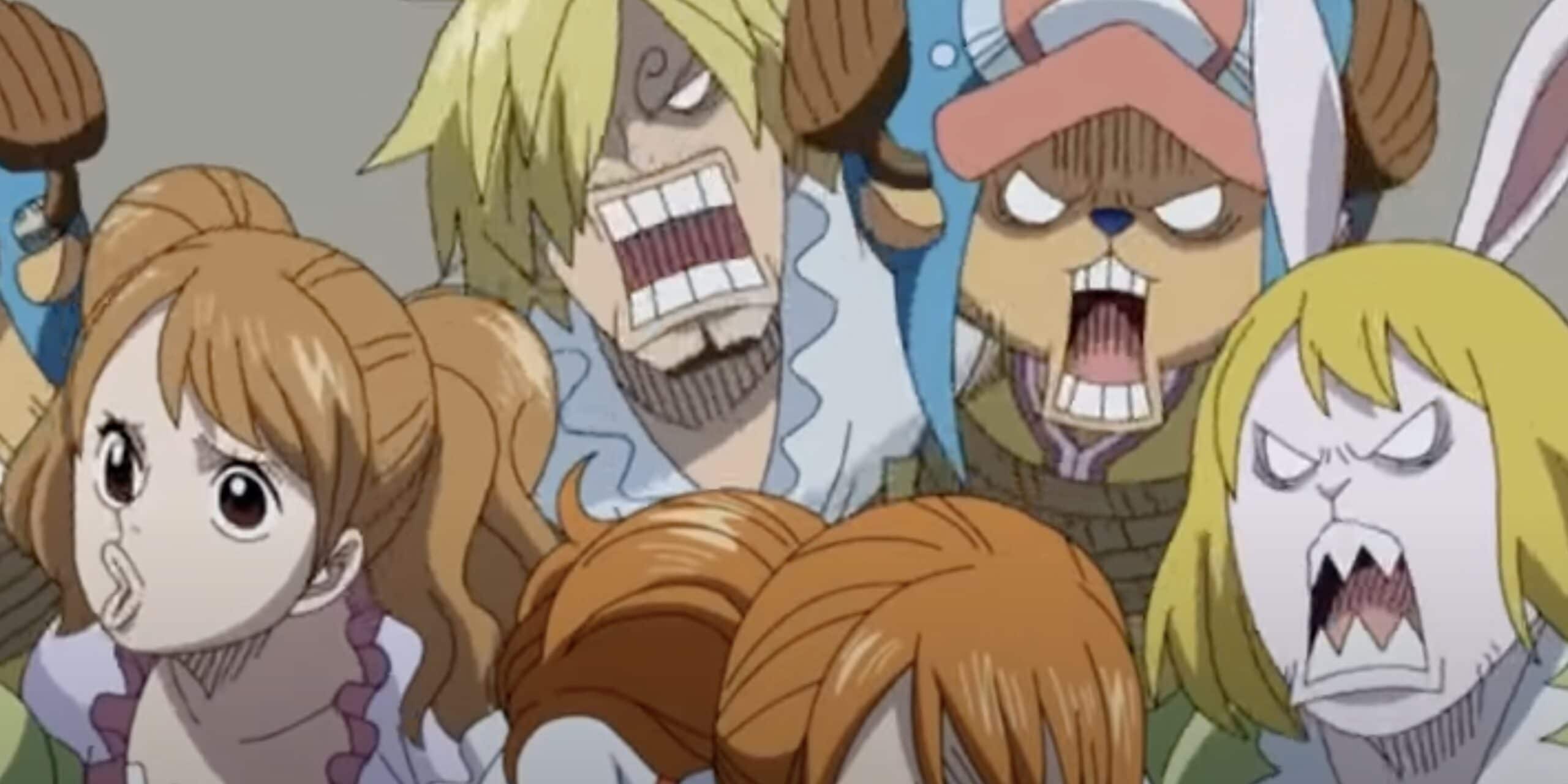 One Piece (Credits: Eiichiro Oda)
One Piece (Credits: Eiichiro Oda)
This gag plays on their dynamic as crewmates – Luffy as the well-meaning but hapless leader and Nami as the responsible one trying to keep him in line.
While played for laughs, some fans have recently questioned the implications of framing a crew member’s physical punishment of their captain as harmless fun.
They note that comedy rooted in violence can normalize abusive behaviors. Others have analyzed what this gag suggests about Nami and Luffy’s relationship – does it demonstrate a problematic power dynamic or reflection of close friends who aren’t afraid to call each other out?
As perspectives on media tropes evolve, the creators of long-running series like One Piece face questions about reexamining elements that fans increasingly scrutinize.
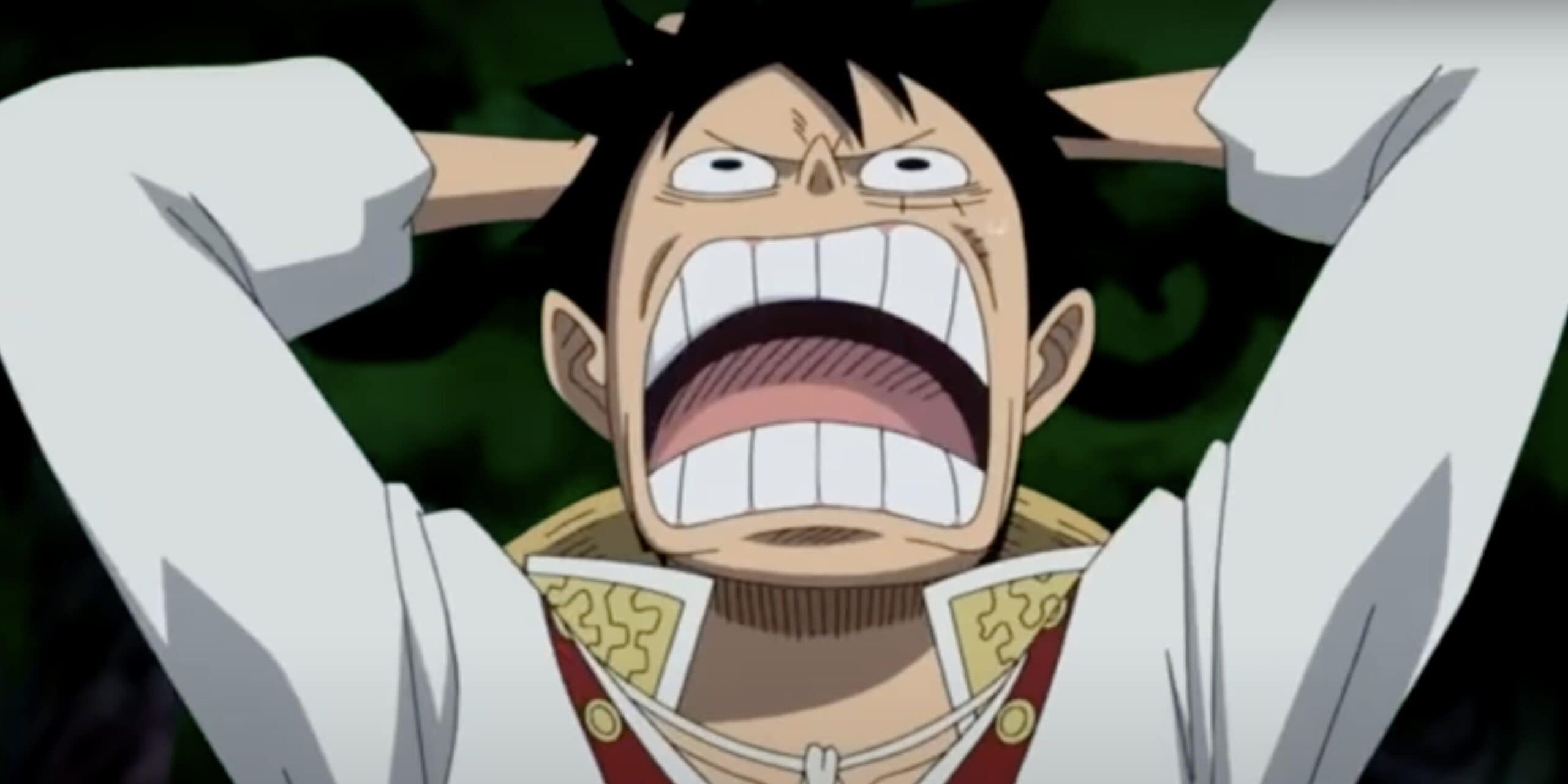 One Piece (Credits: Eiichiro Oda)
One Piece (Credits: Eiichiro Oda)
Though a staple comic bit for many years, the Nami gag has become a lens for larger conversations around portrayals of violence and gender dynamics in popular anime.
How series creators respond to societal reassessments of once-unquestioned conventions remains to be seen.
Why Fans Consider the Nami Gag in One Piece Problematic
The lighthearted trope of Nami striking Luffy has sparked debate recently within the One Piece fandom. Some viewers contend that the recurring gag makes light of harmful assumptions and validates undue aggression.
These fans thoughtfully express concerns that the portrayal risks sanitizing intimate partner violence by framing it as amusing banter between friends.
They worry impressionable audiences may internalize problematic suggestions about relationship dynamics and acceptable conduct.
Controversy in the One Piece Fandom
While likely meant as harmless fun by the creators, the comedic device has, for some viewers, overstayed its welcome. They feel that stories shape society’s conceptions of right and wrong.
So repeatedly depicting nonconsensual physical harm between comrades, they argue, incrementally fuels dangerous norms.
Other fans disagree or view the matter as more nuanced. But those troubled invite us to confront assumptions in the media we consume thoughtfully.
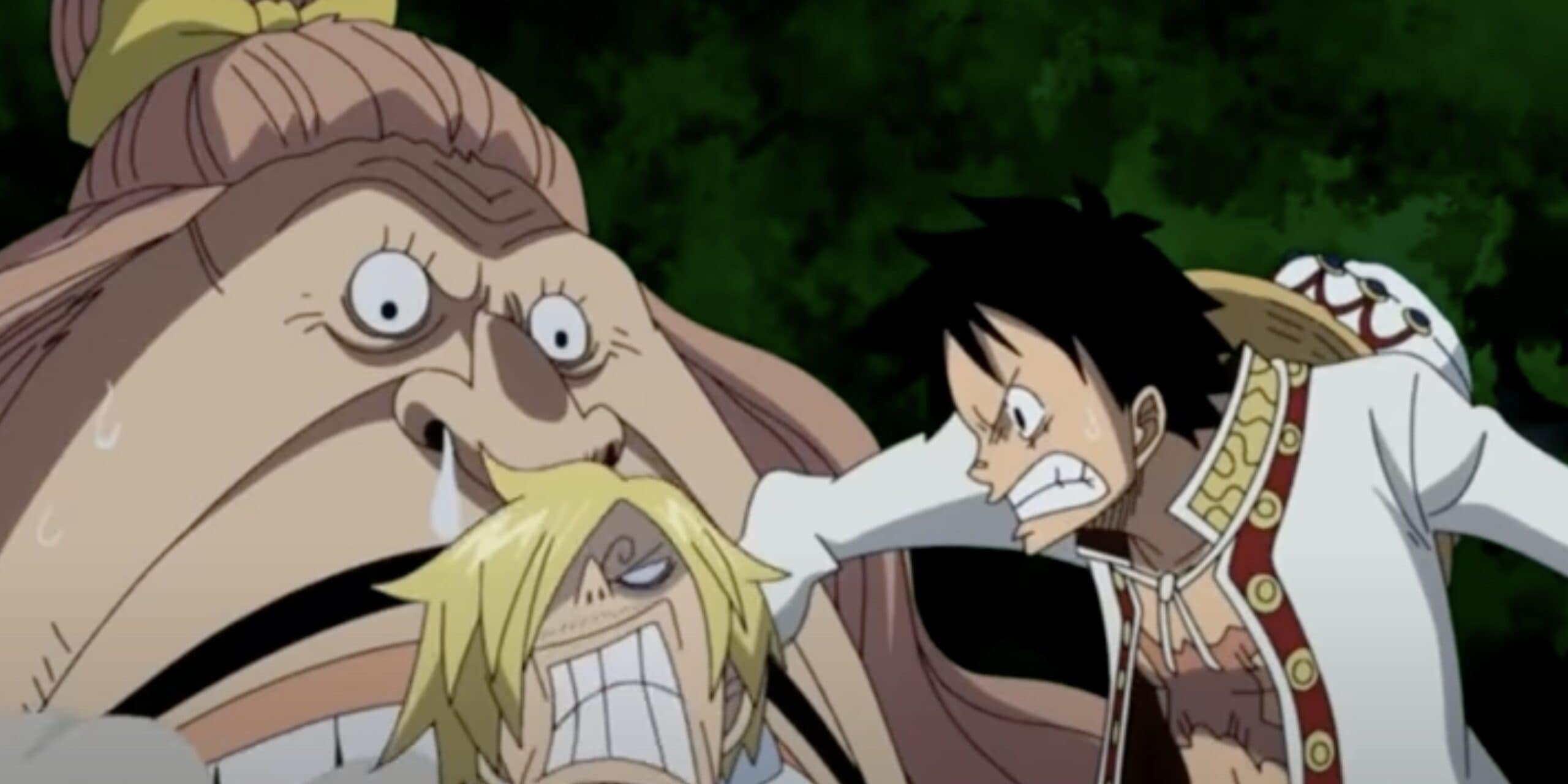 One Piece (Credits: Eiichiro Oda)
One Piece (Credits: Eiichiro Oda)
Perhaps these conversations can heighten awareness around the normalization of domestic abuse and other complex issues. Discussing them with empathy and wisdom may better serve the values of this inventive series.
The full spectrum of takes should give creators and audiences pause for reflection. Together, we might identify depictions that promote harm without enhancing joy or meaning. Rethinking such devices could show respect for viewers while preserving irreverent humor.
A spirited debate has emerged among One Piece enthusiasts regarding the series’ tendency to lean on a specific comedic device—Nami impulsively striking her crewmates, chiefly Luffy.
Criticism of the Gag
While likely intended as benign humor by authors, some fans argue that the recurrent gag has perhaps overstayed its welcome.
They contend that continuously depicting Nami lashing out physically risks diminishing the dimensions of her character and dwarfs her substance besides mere temper flare-ups.
These thoughtful critics suggest that routinely relegating Nami to such reflexive anger fibers a rather superficial role for her and her relationships.
 One Piece (Credits: Eiichiro Oda)
One Piece (Credits: Eiichiro Oda)
They feel constantly portraying quick, petty outbursts, which denies viewers meaningful insights into Nami’s inner world.
Accordingly, some posit that the show underdevelops her as a fully realized being by repeatedly falling back on this impulse-driven schtick.
While humor has its place, a bit more restraint regarding this trope could allow Nami’s character – her hidden struggles and core dignity – to shine on its terms.
Overall, the aim appears less to condemn authors than to invite reflection on assumptions woven through the carefree hijinks.
These conversations might inspire stories that don’t reduce vibrant women to fits of rage for laughs but reveal their resilience and graced strength.
Comparing the Notoriety of the Nami Gag to the Sanji Gag
Among the Straw Hat crew’s antics, an uneasy question has lingered around Sanji’s gushing nosebleeds anytime women appear on the scene.
The sight gag has persevered as a comedic mainstay for this lovesick chef-turned-pirate. However, some viewers have steadily voiced concerns that the device leans on objectification to elicit laughs.
While other hijinks have faced scrutiny over the years, this recurring bit’s demeaning tilt, and stubborn shelf life have disillusioned some fans.
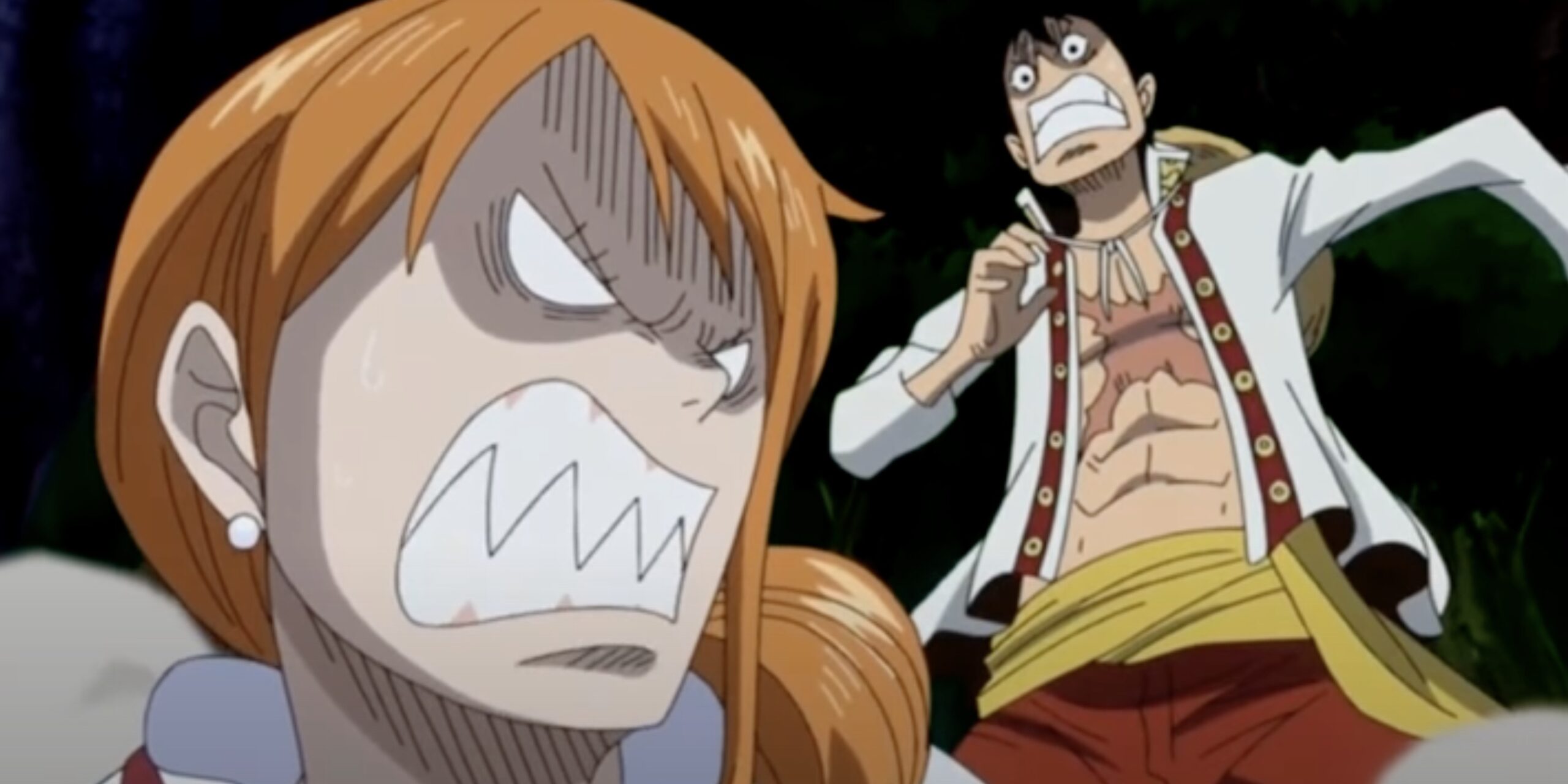 One Piece (Credits: Eiichiro Oda)
One Piece (Credits: Eiichiro Oda)
Casually presenting women as triggers for a man’s bodily outbursts risks normalizing dynamics of harassment and assault, these thoughtful critics suggest.
And yet, the calling out of tropes around Nami has gained little traction until recently. This double standard has not gone unnoticed. But winds now shift towards rethinking old assumptions woven through the humor. What meanings do these portrayals imprint regarding mutual honor and respect?
Most likely, the authors intend no harm in highlighting Sanji’s exuberant passion. But perhaps they might reconsider conventions that subtly reinforce men’s perceived rights over women’s bodies and attention.
Double Standard with Naomi’s Depictions
Retiring this questionable device could make space for comedy that is more considerate of genuine relationships.
Differing responses to these lighthearted depictions likely stem from several factors—context, characters, and precise content.
Nami’s heated outbursts transpire amid high-stakes sailing, wherein discipline and clear-headedness carry life or death stakes. Her bursts could implicitly diminish confidence. Meanwhile, for a chef, sporadic antics may seem harmless fun.
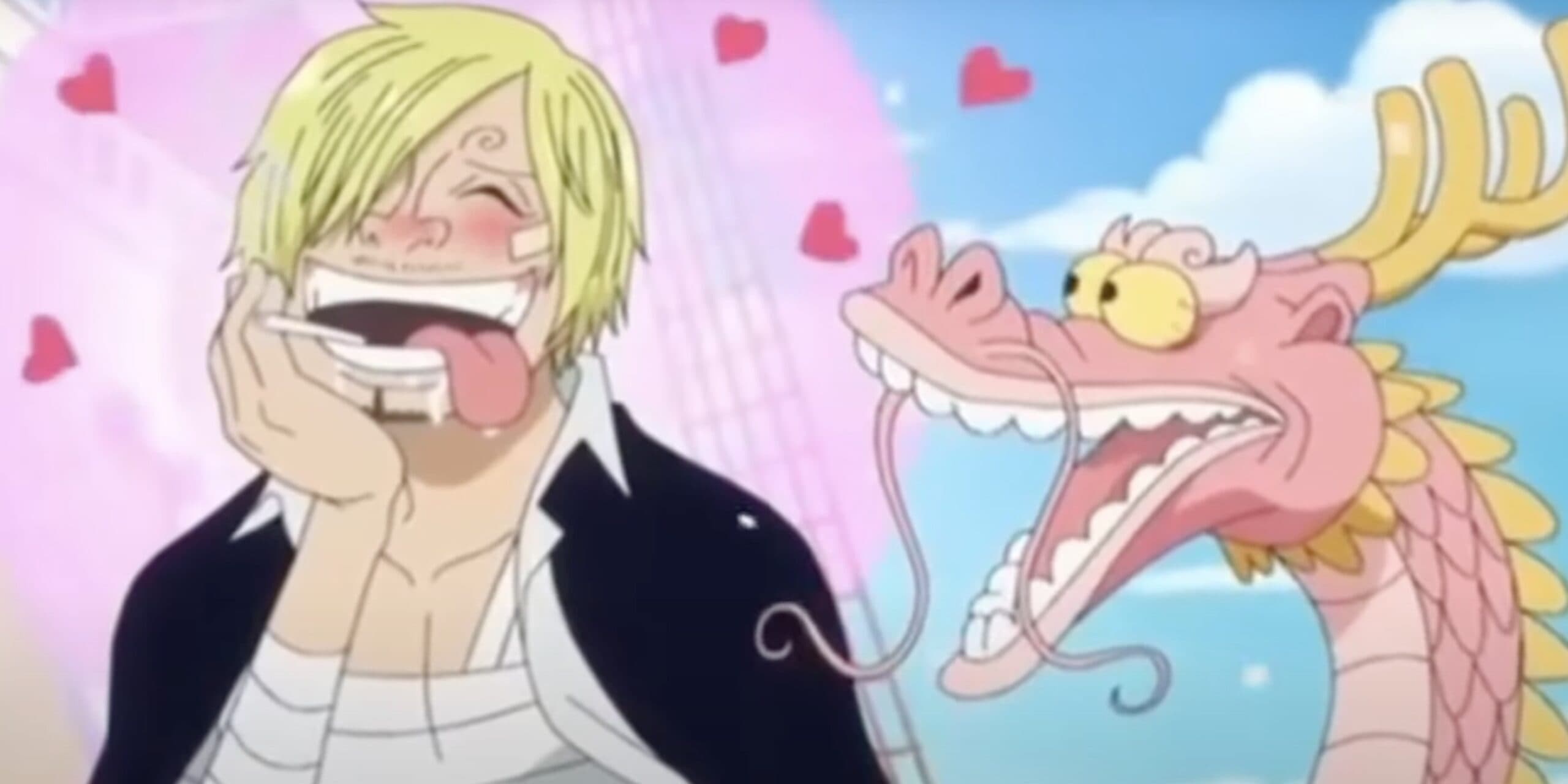 One Piece (Credits: Eiichiro Oda)
One Piece (Credits: Eiichiro Oda)
The uneven critique might also be traced to assumed gender roles. For some, a woman losing composure still unconsciously cuts more profound than a likewise caricatured man.
Or perhaps the very nature of certain acts propels viewer discomfort. Where Nami fumes and swings fists at friends, Sanji visually relinquishes bodily control in women’s presence without consent.
One centres on verbal tirades, the other on loss of personal agency.
In considering beloved characters, we viewers each carry our lines regarding dignity and healthy relating.
Reflection on why different depictions variously land as light fun or promote harm can lead to meaningful dialogue and perhaps growth all around.
Unveiling Evolving Perspectives on Comedy, Violence, and Cultural Bias
The Nami debate highlights shifting attitudes among contemporary audiences. What creatives and consumers alike once accepted as “all fun” in storytelling faces newly candid critique.
These vocal fans indicate rising mass concern over the normalization of violence through comedy. Their protest symbolizes redrawing the line on what current ethics can sustain regarding jokes built on harm.
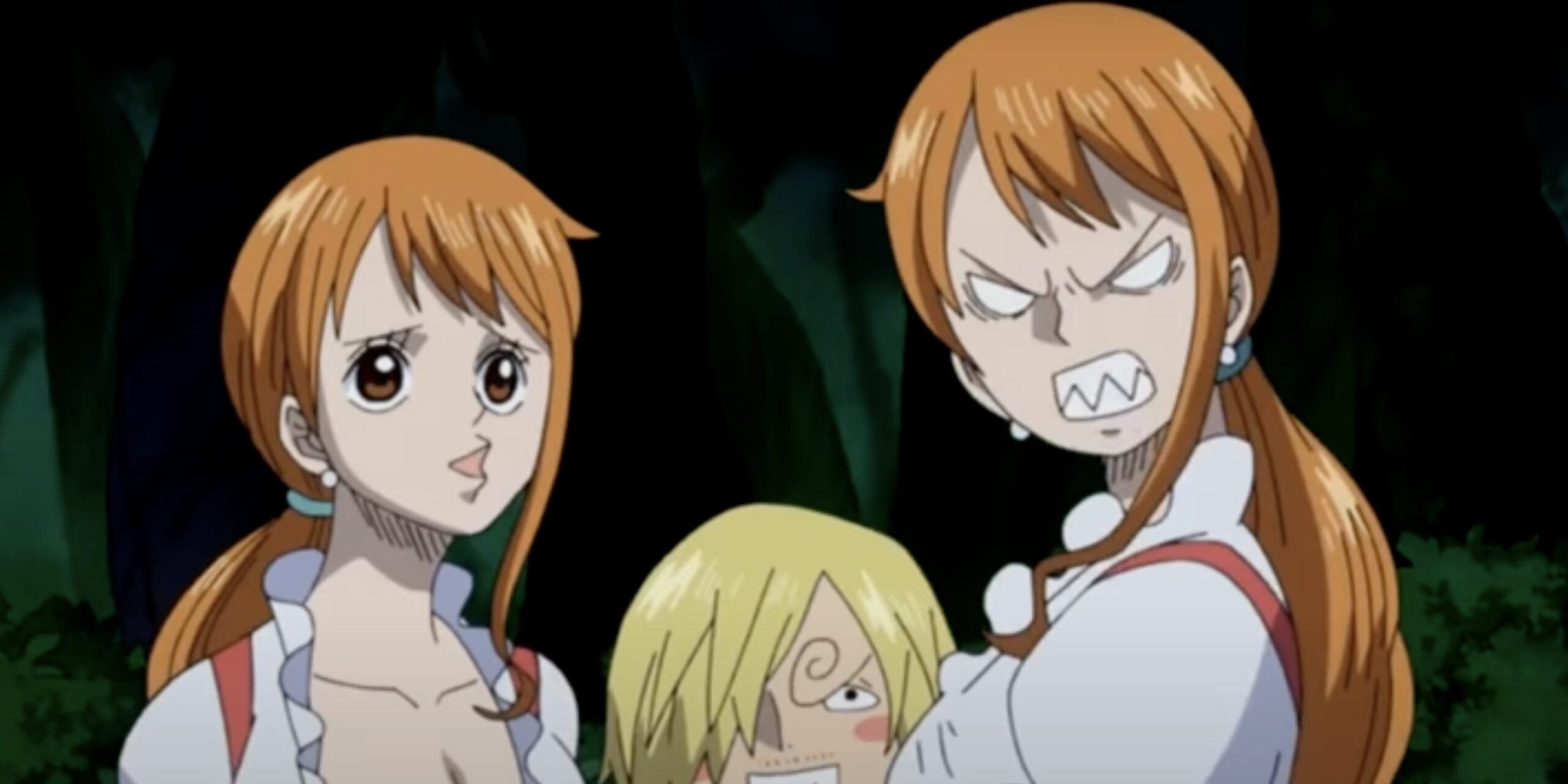 One Piece (Credits: Eiichiro Oda)
One Piece (Credits: Eiichiro Oda)
The evolved lens also applies gendered scrutiny. Would similar behavior from male characters provoke the same pushback, or do cultural biases persist? The layered reaction invites reflection on long-held assumptions.
While humor can help confront hard truths, comedic license alone cannot justify upholding damaging social templates. Collective voices now probe broader implications even within escapist adventures.
Their call for responsibility signifies distrust in old excuses that “it’s just a joke.”
Rather than dampen fun and imagination, this movement may liberate artists and works to channel irreverence toward uplifting ends better.
Gendered Scrutiny and Cultural Bias
As audiences mature, beloved storytellers might themselves grow in wisdom and principle.
However, singling out Nami’s outbursts glosses over context. The story has never spared Luffy knockout blows from any crewmate when his reckless whims risk lives. Whether for laughs or discipline, his teammates get quite free rein to clock their captain now and then.
 One Piece (Credits: Eiichiro Oda)
One Piece (Credits: Eiichiro Oda)
So while scrutiny of this specific humor is valid, branding it the “Nami gag” seems narrowly unfair. All the Straw Hats share exasperation with Luffy’s arbitrary calls, though fans protest primarily scenes with Nami exploding. Might cultural bias unconsciously play a role here?
In any case, as with the accounting of sins, the final aim should be reconciliation, not blame. Rather than banter through echo chambers, those troubled might sincerely, openly dialogue with creators on shaping comedy that spares avoidable harm.
If artists listen without self-defense to those made uncomfortable, and critics speak with grace not venom about works they cherish, a mutual road forward may emerge. One that preserves levity and dysfunction in storytelling, while promoting understandings that serve dignity.
Perhaps from this tension, beloved storytellers and awakened audiences together can birth narratives truer to our highest shared values.
